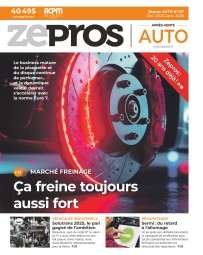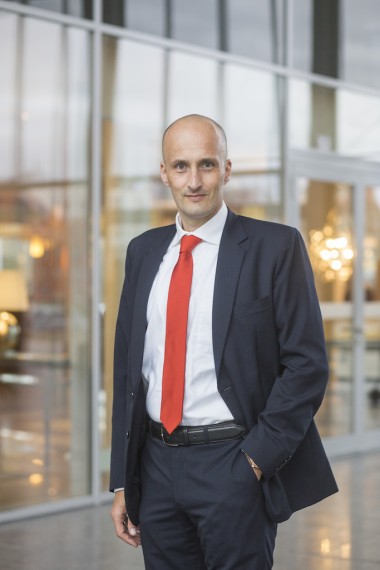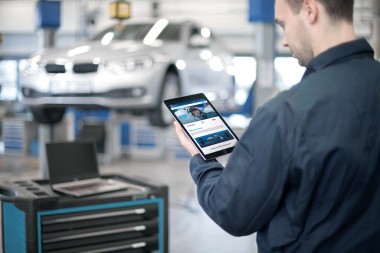Zepros : Following the ZF buyout, is the integration of TRW now finalized?
Markus Wittig: We started bringing our after-sales organizations together three years ago. And two years ago, we set up ZF Aftermarket with the aim of preserving the distribution system. At the same time, we have optimized our processes to respond faster, and more precisely to our customers’ needs. The most important thing was to strengthen a single contact point with customers. Today, distributors benefit from a larger ZF product portfolio with the long-established product brands (ZF, Lemförder, Sachs, and TRW) but also from need-oriented services for garages. Having this considerably expanded offer and implemented cross-selling systems makes ZF Aftermarket a sought-after partner for distribution networks. Similarly, we have kept our organization structured by country to ensure quick availability and maximum service quality. And the customers know who is making the decisions. The other benefit of this merger has been to combine our market shares so that we are now in an even better position to support Europe’s increasingly concentrated and multinational distribution networks. At the same time, we have to be able to serve customers working in local markets.
Have you changed your logistics setup?M.W.: Our strategy has always been to deploy local logistics. In Europe, we have stuck to this logic as it is more effective in serving our customers. Logistics requirements such as delivery quality, speed, as well as flexibility play an increasingly important role. And that will not change in the years to come.
What is your view on the concentration of distributors and suppliers?M.W.: In the United States, market concentration has already happened. In Europe, we are moving in the same direction. But for me this move to concentration is only one of the factors of deeper changes in distribution networks. This of course means the formation of powerful groups, the entry of manufacturers into the IAM market and finally the increase of e-commerce. ZF Aftermarket will meet the purchasing decision maker wherever he wants to buy and be available in all relevant distribution channels. We are of course looking at all growth opportunities with large groups, but at the same time, we are talking about partnerships with mid-size distributors who have their role to play because they are sometimes more flexible and faster. Most of all they are close to the garage networks. This is of real benefit to us because they understand their needs. Can we avoid change? No. Actually, we should even embrace change to be prepared early enough for the future. This also impacts our organization – for example by thinking of Europe not just as a sum of regional markets but as a market in its own right.
Are you talking about the price corridor?M.W.: Beyond the price corridor, we have an even more comprehensive pricing strategy by product family so that each one is correctly positioned in each market. E-commerce has of course accelerated the process of price transparency. The difficulty of this online business is that prices can be compared as can the quality of products, but there is no opportunity to explain the difference in price between original equipment, parts of equivalent quality and the rest. For this reason, we are committed to quality assurance and are active in all important organizations of the industry. At the same time, we are putting more detailed information on our websites, such as descriptions and technical diagrams, so that customers understand this.


